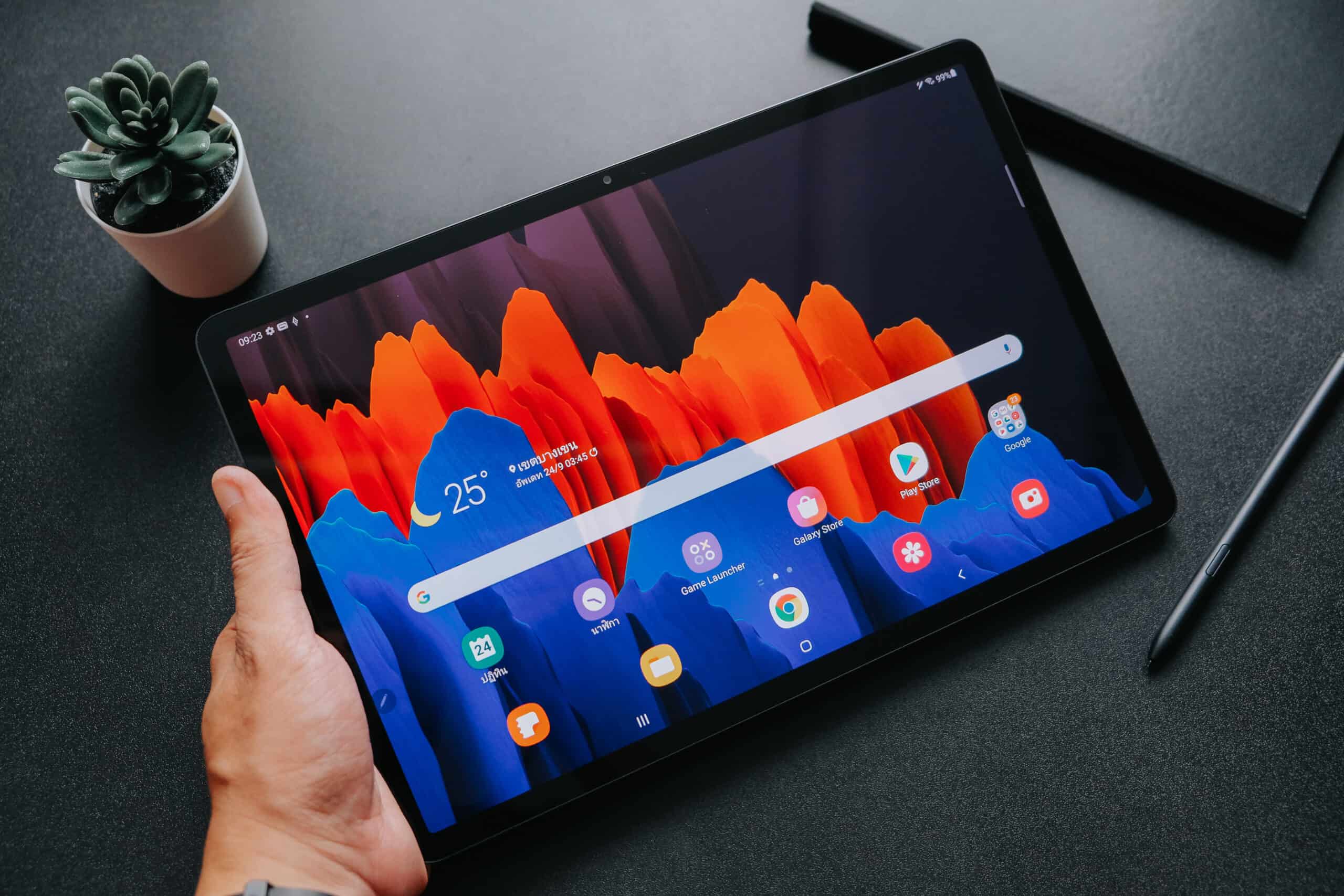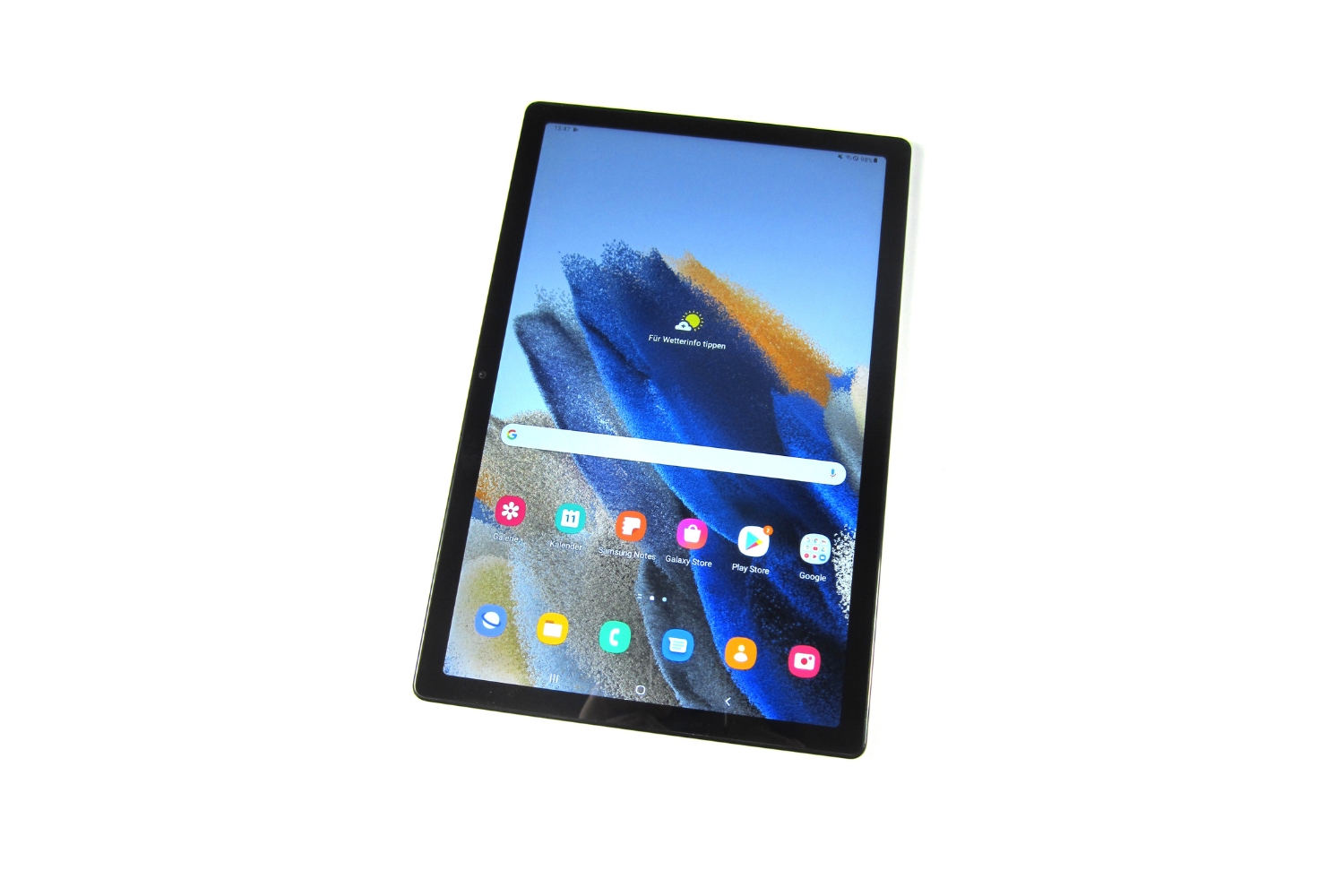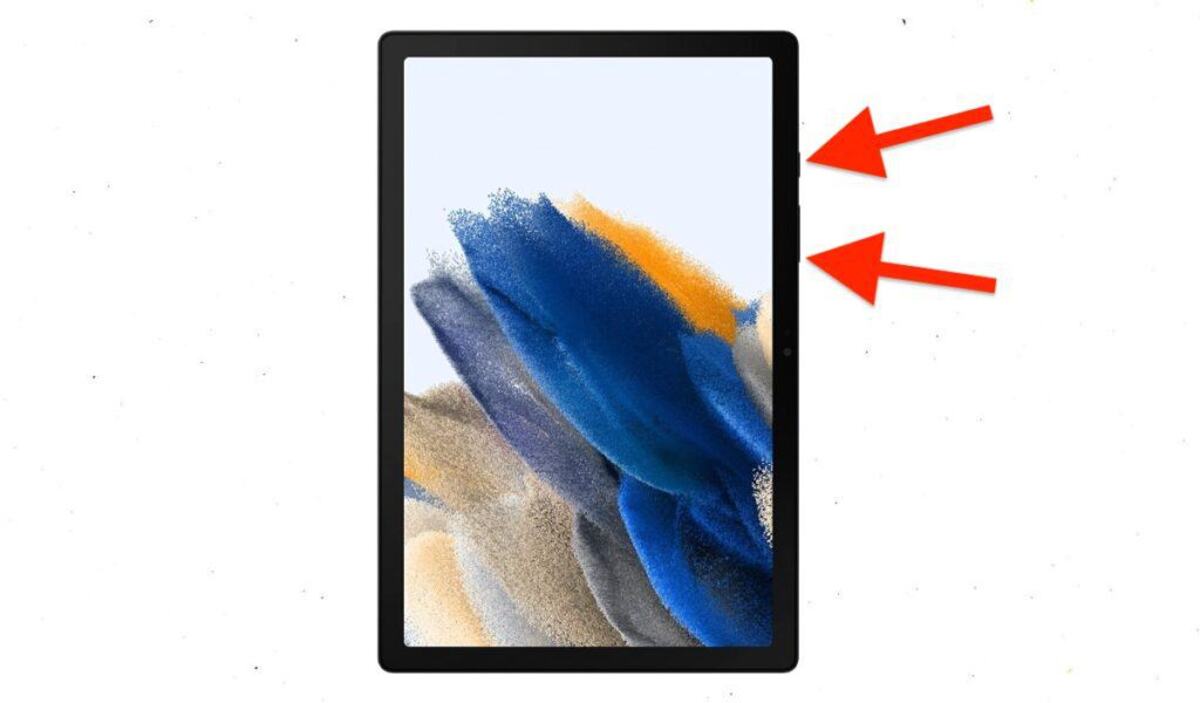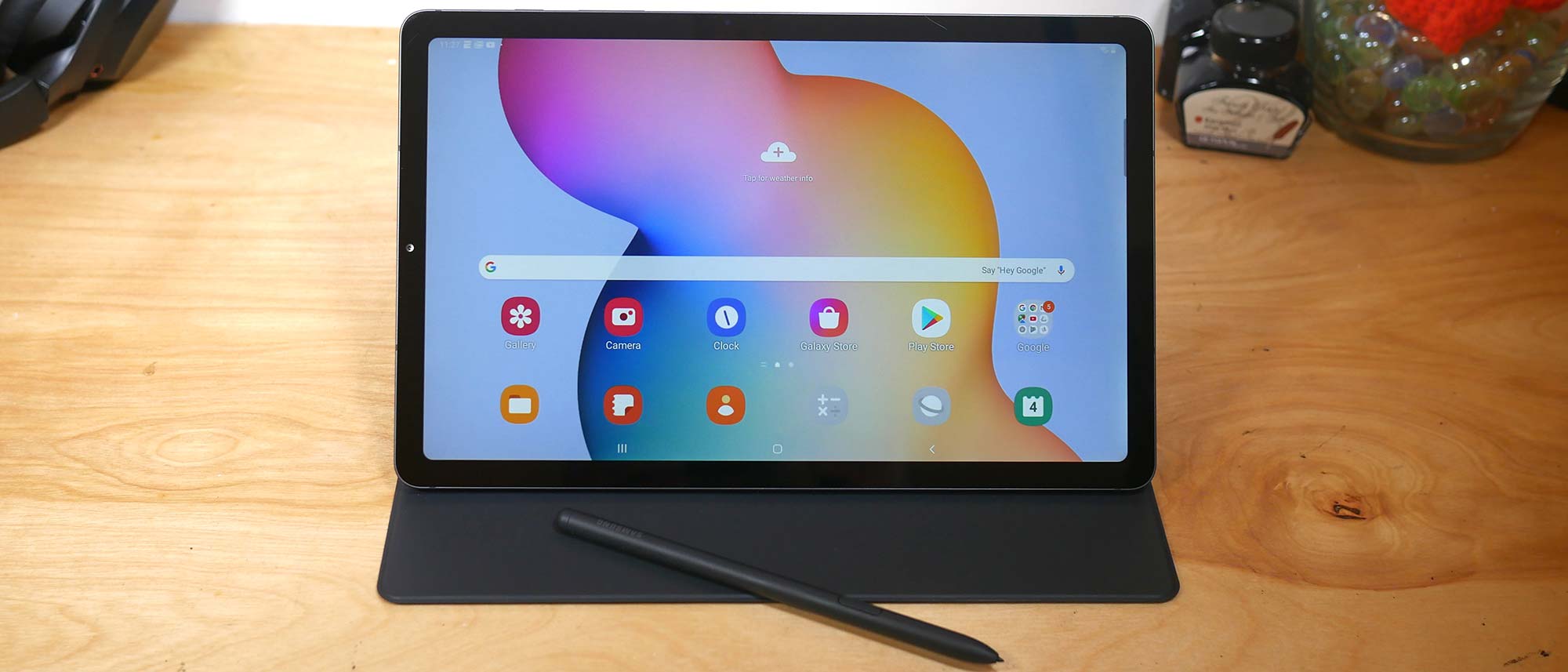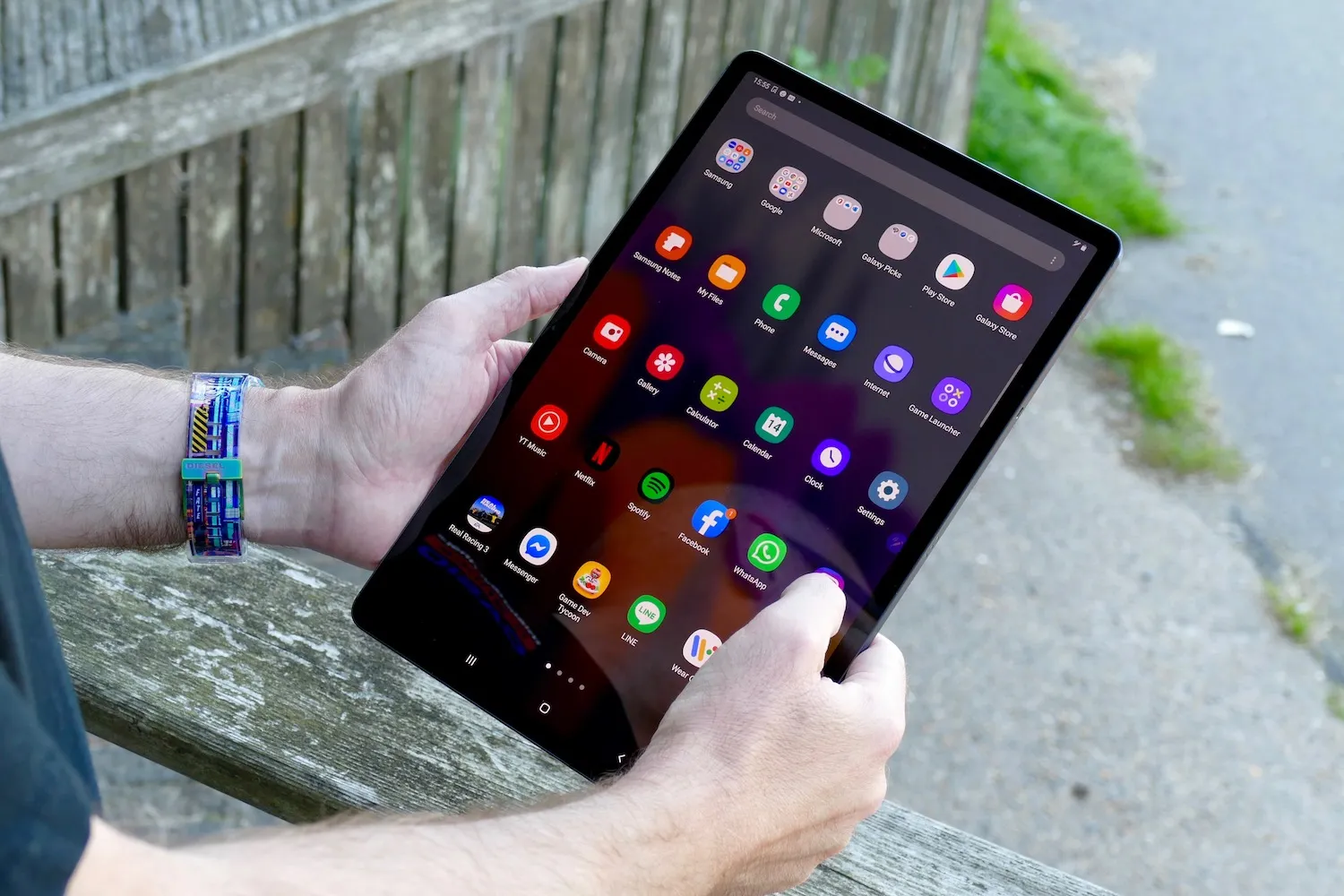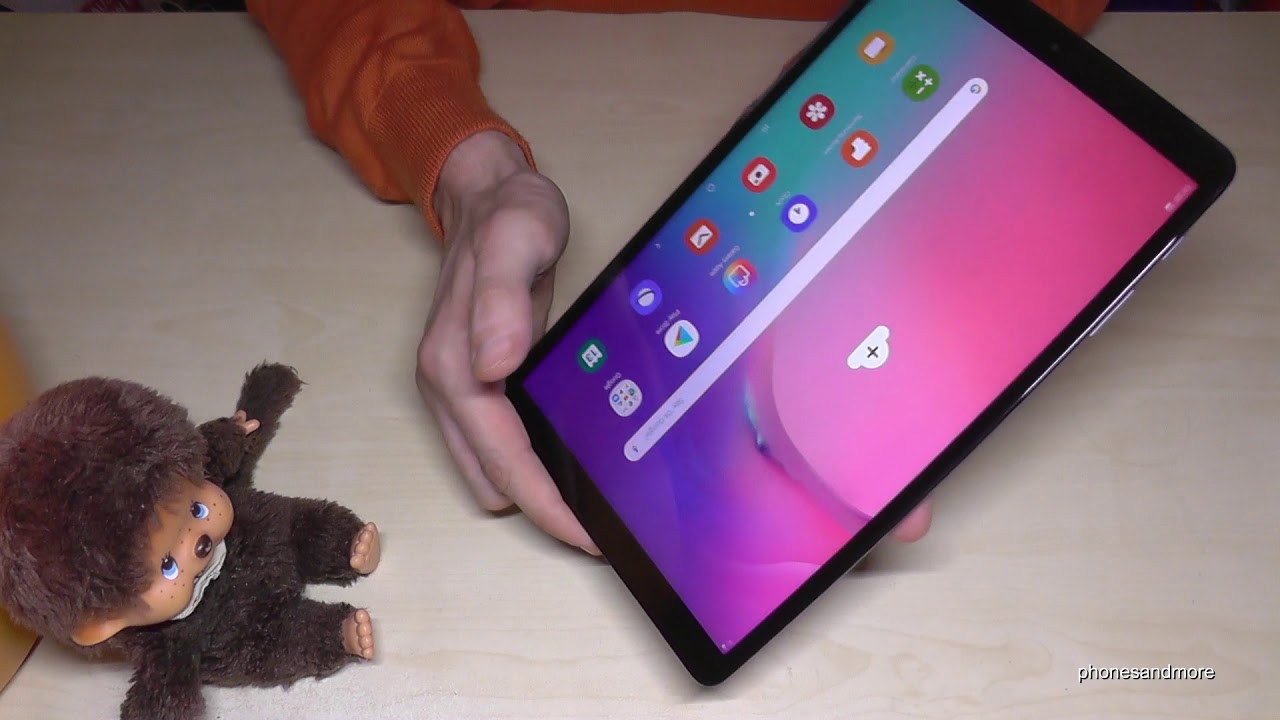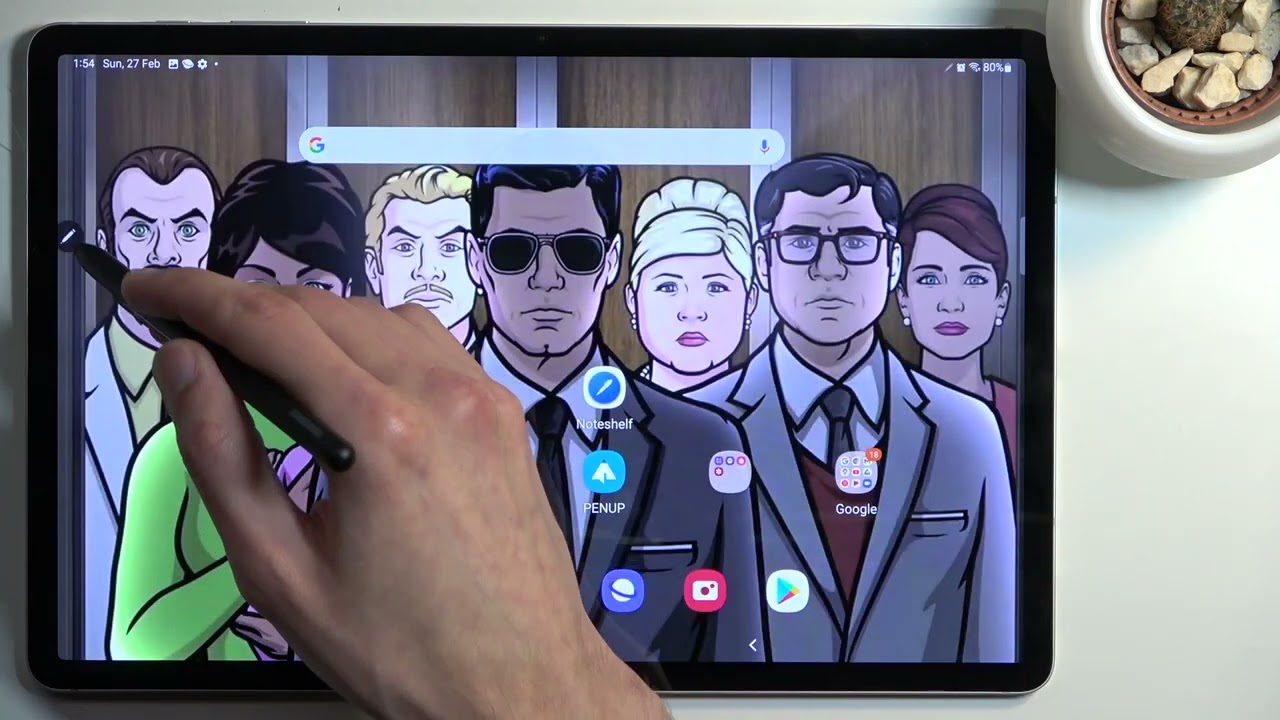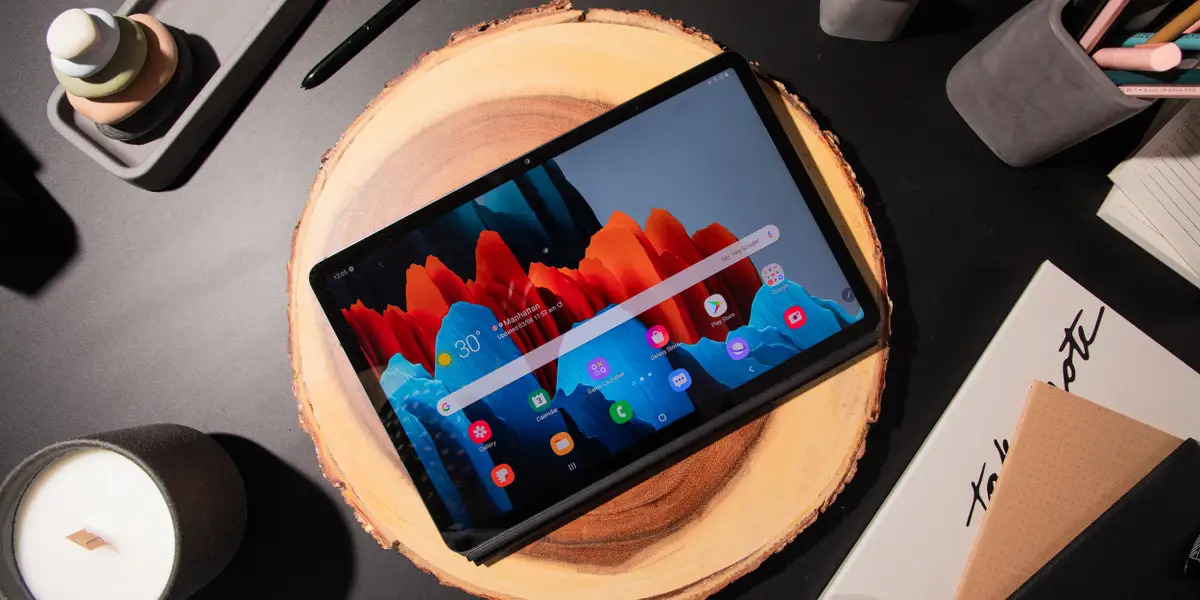Introduction
Welcome to our guide on how to screenshot on a Samsung tablet. As digital technology continues to evolve, our daily interactions with devices like tablets have become increasingly integral to our lives. From capturing important information to sharing memorable moments, being able to take screenshots on a tablet is a valuable skill.
Samsung, a leader in the tablet market, offers multiple methods for capturing screenshots on their devices. Whether you have a Samsung Galaxy Tab or a Galaxy Note tablet, you can easily capture, save, and share screenshots in a few simple steps.
In this article, we will explore four different methods for taking screenshots on a Samsung tablet. You will learn how to use the hardware buttons, palm swipe gesture, S Pen (for Galaxy Note tablets), and the notification panel. By the end, you will be well-equipped to capture and utilize screenshots to enhance your tablet experience.
Before we dive into the methods, it is worth noting that the instructions may slightly vary depending on the model and Android version of your Samsung tablet. However, the concepts and general steps remain the same.
Now, let’s explore each method in detail and discover which one works best for you.
Method 1: Using Hardware Buttons
The first and most straightforward method to capture a screenshot on a Samsung tablet is by using the hardware buttons. This method works across various Samsung tablet models and is quick and convenient.
Here’s how you can take a screenshot using the hardware buttons:
- Identify the exact combination of buttons on your Samsung tablet. Typically, it involves the power button and the volume down button. However, depending on the tablet model, it might be the power button and the home button.
- Navigate to the screen you want to capture. Ensure that everything you wish to include in the screenshot is visible on the display.
- Simultaneously press and hold the designated buttons (e.g., power button + volume down button) for a moment.
- You will see a visual confirmation, such as a flash on the screen or a shutter sound, indicating that the screenshot has been successfully captured.
- Access your recently taken screenshot from the notification bar or by navigating to the gallery app on your Samsung tablet.
Once you have accessed the screenshot, you can share it, edit it, or save it for future reference.
This method allows you to capture screenshots quickly and efficiently, making it ideal for capturing important information or sharing funny conversations. It is versatile and can be used in various scenarios, such as capturing an error message for troubleshooting or memorializing a significant achievement in a game.
Now that you know how to use the hardware buttons, let’s move on to the next method, which involves a unique gesture to capture a screenshot.
Method 2: Using the Palm Swipe Gesture
If you find using the hardware buttons cumbersome or if your Samsung tablet doesn’t have a physical home button, you can take advantage of the palm swipe gesture feature.
Follow these steps to capture a screenshot using the palm swipe gesture:
- Ensure that the palm swipe gesture feature is enabled on your Samsung tablet. To do this, go to the Settings app and navigate to the “Advanced Features” or “Motions and Gestures” section.
- Once enabled, navigate to the desired screen that you want to capture.
- Place the side of your hand (either left or right) on the screen with your hand in a straight position.
- Gently swipe your hand across the screen from one side to the other, covering the entire width of the display.
- You may hear a shutter sound or see a brief animation, indicating that the screenshot has been captured successfully.
- As with the previous method, you can find and access your screenshot from the gallery or notification panel.
The palm swipe gesture is a convenient and intuitive way to capture screenshots, especially if you prefer using gestures over physical buttons. It allows for quick and easy access to your screenshots without interrupting your workflow.
Please note that the palm swipe gesture feature might not be available on all Samsung tablet models or Android versions. Make sure to check your tablet’s settings to see if this feature is supported.
Now that you know how to capture screenshots using the palm swipe gesture, let’s move on to the next method, which is specifically designed for Samsung Galaxy Note tablets.
Method 3: Using the S Pen (For Galaxy Note Tablets)
If you own a Samsung Galaxy Note tablet, you have the advantage of using the S Pen, a stylus designed specifically for these devices. The S Pen offers precise control and additional features for capturing screenshots.
Here’s how you can use the S Pen to take screenshots on your Galaxy Note tablet:
- Take out the S Pen from its holder, located at the bottom of your Galaxy Note tablet.
- Navigate to the screen you want to capture.
- Hold the S Pen in your hand, ensuring that it is close to the tablet’s screen.
- Press the button on the S Pen, usually located on the side, to activate the Air Command menu.
- Select the “Screen Write” option from the menu.
- The screen will freeze, and a screenshot will be captured.
- Use the S Pen to annotate or draw on the screenshot if desired.
- Save or share the screenshot from the Air Command menu or through the gallery app.
The S Pen provides a seamless and precise way to capture and enhance your screenshots. With its added functionality, such as annotating and drawing, you can easily highlight important details or make customizations before sharing or saving the screenshot.
If you own a Samsung Galaxy Note tablet, take full advantage of the S Pen’s capabilities to elevate your screenshot-taking experience.
Now that we’ve covered the method for Galaxy Note tablets, let’s move on to the final method, which can be used on various Samsung tablet models.
Method 4: Using the Notification Panel
If the previous methods are not applicable to your Samsung tablet or you prefer a more accessible option, you can utilize the notification panel to capture screenshots. This method is available on most Samsung tablet models and offers a convenient way to take screenshots without involving any physical buttons or gestures.
Follow these steps to capture a screenshot using the notification panel:
- Navigate to the screen you want to capture on your Samsung tablet.
- Swipe down from the top of the display to open the notification panel.
- Look for the “Screenshot” or “Capture” icon in the quick settings section of the notification panel.
- Tap on the “Screenshot” or “Capture” icon.
- A screenshot will be instantly taken, and a preview will appear in the notification panel.
- You can tap on the screenshot preview to open it, edit it, or share it directly.
The notification panel method is a simple and hassle-free way to capture screenshots on your Samsung tablet. It eliminates the need for any physical buttons or gestures, making it easily accessible in any situation.
The captured screenshots can be found in your gallery app or notification panel history, allowing you to quickly access and manage your screenshots as needed.
Now that we have explored all the different methods to take screenshots on a Samsung tablet, you are equipped with a variety of options to suit your preference and device capabilities.
Conclusion
Capturing screenshots on your Samsung tablet is an essential skill that can help you record important information, share memorable moments, or troubleshoot issues. Throughout this guide, we have covered four different methods that you can use to take screenshots on your Samsung tablet.
The first method, using the hardware buttons, provides a straightforward and universal way of capturing screenshots across various Samsung tablet models.
The second method, using the palm swipe gesture, offers a quick and intuitive option for those who prefer using gestures over physical buttons.
The third method, using the S Pen (specifically for Galaxy Note tablets), allows for precise control and additional features like annotation and drawing on the screenshots.
The fourth method, using the notification panel, provides a convenient and accessible option for taking screenshots without involving any physical buttons or gestures.
By familiarizing yourself with these different methods, you can choose the one that suits you best based on your preferences, tablet model, and Android version.
Remember to explore additional features and options available on your Samsung tablet, such as editing, sharing, or organizing your captured screenshots. These functionalities can enhance your overall experience and productivity.
Now that you have a comprehensive understanding of how to screenshot on a Samsung tablet, you can make the most of this feature and confidently capture and utilize screenshots as needed.
Happy screenshotting!









